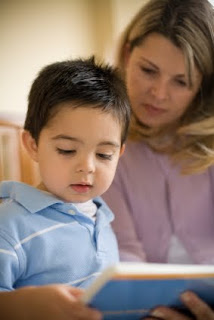You have no items in your cart.
Learning: The Epiphany Rate
“It is not what a boy has, but what he is, that makes him valuable to the world, and the world valuable to him.”
A couple of months ago, I bought the book, “Ten Boys Who Lived on the Road from Long Ago” by Jane Andrews which was written in 1898. Each chapter shares stories and insight into a twelve year old boy’s life from more than four thousand years ago all the way to the boy who lived in 1888. Andrews shares information about how each boy throughout the ages dressed, lived, schooled and worked in the form of stories.
During the first part of the book the kids were not as thrilled about my pulling it out to read. We would read one chapter at a time and then move on to the next reading book. Despite their resistance, we learned a lot about history, geography, old names of countries like China, traditions, and old weapons. Instead of learning from a dry, watered down text book, we learned through stories of young boy’s lives and it had more impact on us.
By the time we got to the end of the book, the children all commented how good the book was. I smiled because I remembered the times that they would complain because it was dry and the language is sometimes hard to understand. None of that was important in the end. What was important was how the book changed their perspective and increased their knowledge.
In implementing the Thomas Jefferson Leadership education model in personal and family education I love Dr. Oliver DeMille’s idea of the ER or “Epiphany Rate”. He said it’s not the word count or how many books you read that’s important it’s the “Epiphany Rate” or how many times something connects in your mind, makes sense, teaches, or helps you understand. The Epiphany Rate should be your gauge when reading. When I heard that on his recent audio “Lessons from Four Types of Leadership Education” it really made sense to me. I thought of the recent books that changed my life because of the power of the written word, books like the Count of Monte Cristo, and all that I learned about life and even myself as I read the book. Dr. DeMille says this is what we should look for when reading a classic book- the ER or “Epiphany Rate” and it is one I’m now paying attention to when reading books with my children and myself.

